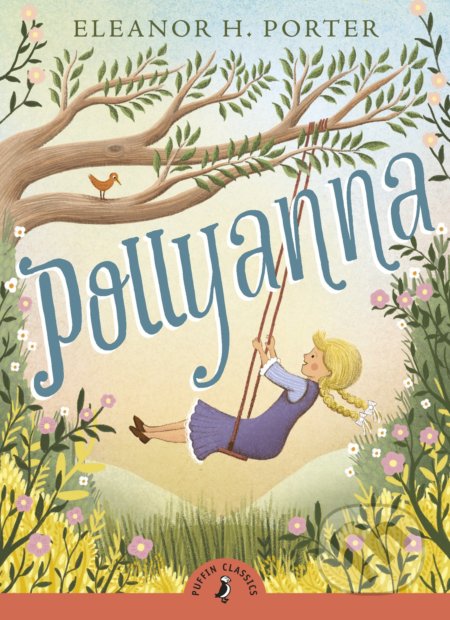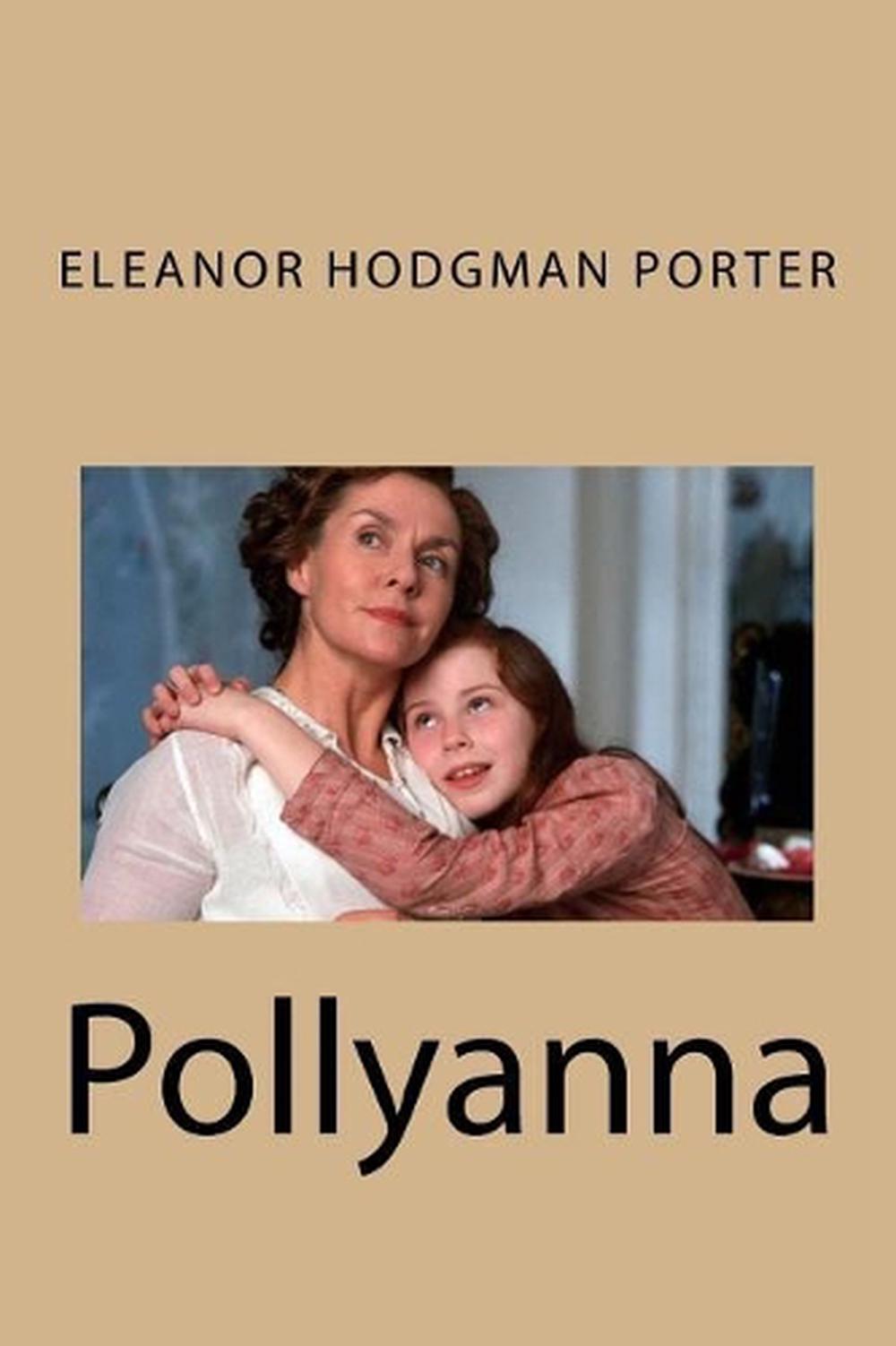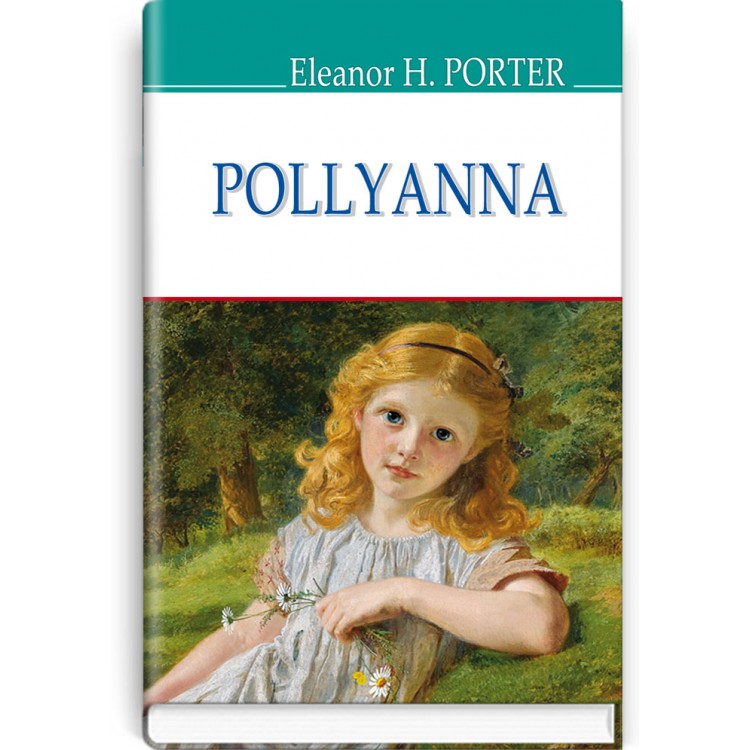

She knows it is her duty to take in her niece, though she really doesn’t want to. In her prime, she was a lovely young woman but over the years she has become stern and arrogant and likes to be alone. Polly Harrington is a forty-year-old wealthy woman who lives alone in a large white house with green shutters. The only family she has left is her Aunt Polly who lives in Vermont in a big house on a hill. Her mother died a few years ago and now her Minister father has tragically died too. My daughter summed up this middle grades read rather nicely, by saying in her new, prepubescent tone, “Mom, I'm glad we read it, but Anne of Green Gables is way better than this one.”īook Reviewed by Stacey on Eleven-year-old Pollyanna has been through such heartache.

The middle of the story finally won us over, and we stopped making comparisons to Anne, but then the tidy ending irked me and we settled on a 3.5/4.

"Īnne is better known for her poetic proclamations of natural beauty and her imagination. Pollyanna is more known for her “optimistic thinking” and her “Just Be Glad” game, where you quickly try to improve negative thinking by using the mindset that you should “just be glad that. There are some differences in the storylines. Both Pollyanna and Anne struggle with their appearance and both are received in a lackluster way, by new caregivers who aren't sure they really want them.īoth girls also work their magic by having a sort of unflagging optimism that turns the stingy hearts of others around them.īut, after about three chapters in, my 11-year-old turned to me and said, “Mom, did this author copy Anne of Green Gables?” And, I must admit, I was wondering the same thing. It was published only four years after Anne of Green Gables, and both stories have a similar storyline: a plucky, young girl of eleven or so is orphaned and has nowhere to go.


 0 kommentar(er)
0 kommentar(er)
